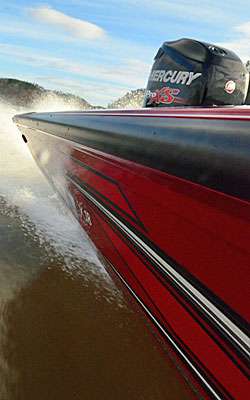
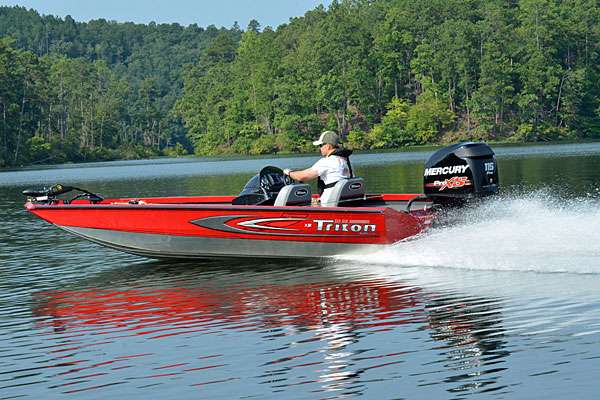
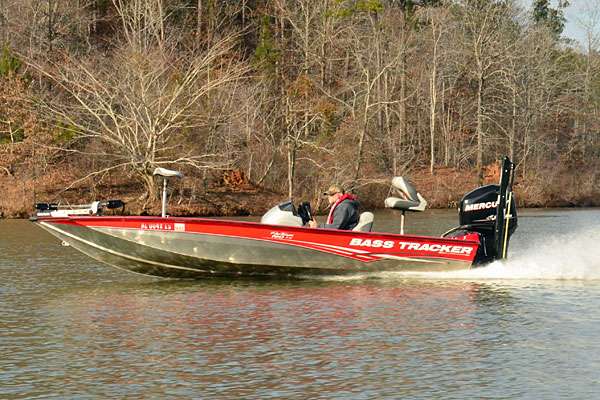
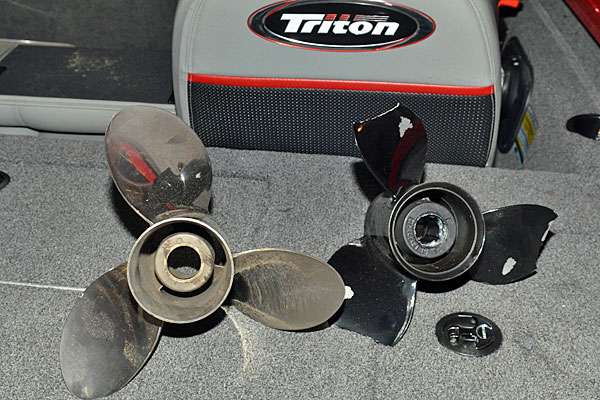
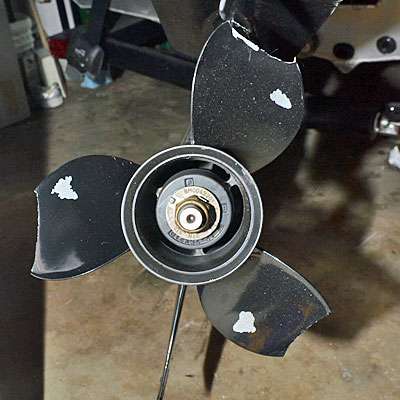
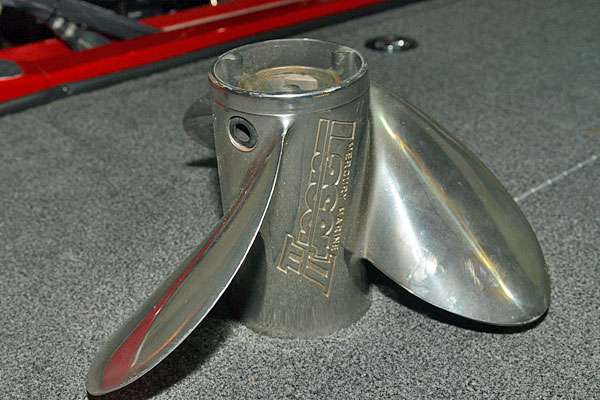
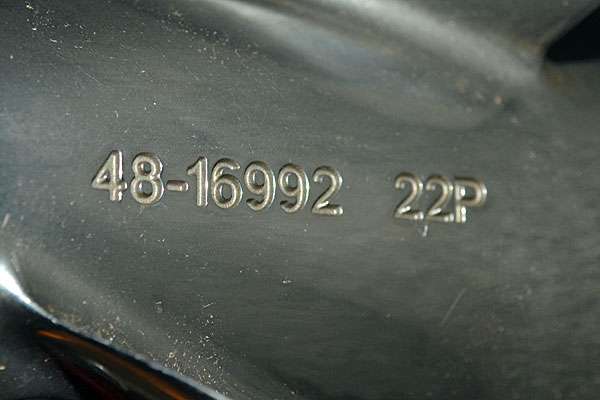
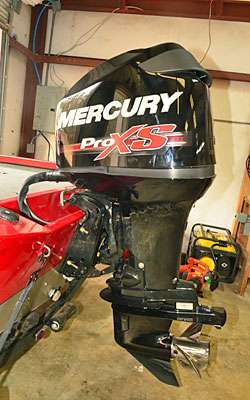

Please enter your details.
We cannot find an active B.A.S.S. Membership for the information you have provided. Please renew your membership here.We cannot find an active B.A.S.S. Membership for the information you have provided. Please try again.Scheduled maintenance. We'll be back shortly. If you continue to have trouble please contact customer service at 877-BASS-USA.
Aluminum bass boats are less expensive to buy and operate, they're more durable, cheaper to tow, come with lower insurance premiums and can handle shallow and hazardous waters better.







